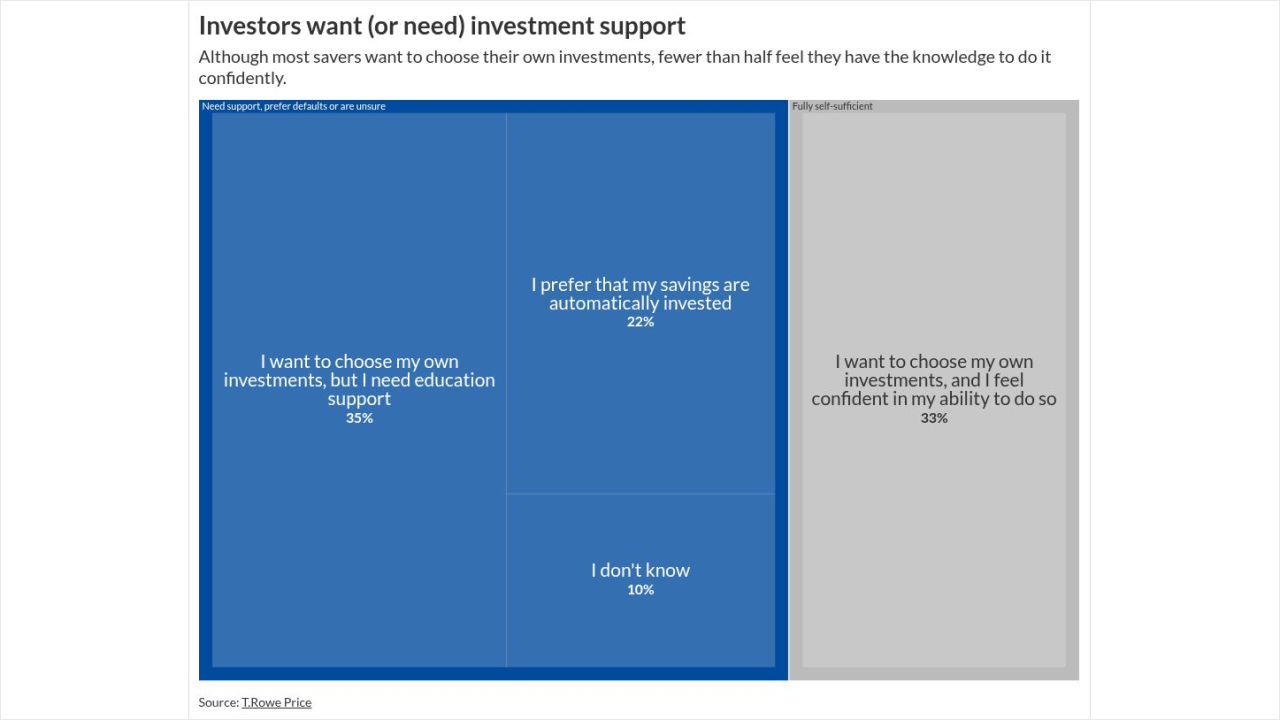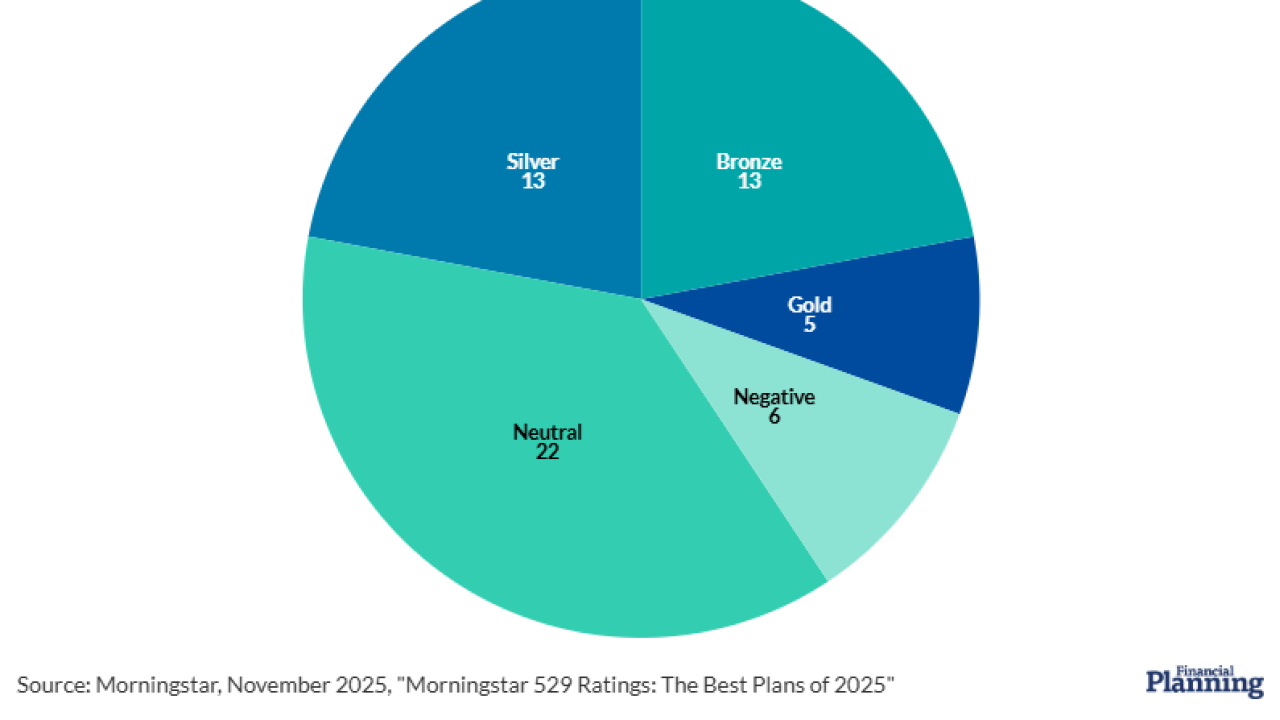AI-driven tax, estate and insurance solution
Before the direct integration with eMoney, advisors had to create an account
Most advisors interested in utilizing FP Alpha either use eMoney
Altfest said he had been wanting to partner with eMoney for several years, and that many customers had been eager for the integration. Technical development for the new collaboration took only around five weeks, he said.
"We already have an integration with MoneyGuidePro, so eMoney rounds out our offering nicely," said Altfest.
READ MORE:
From a practical standpoint, advisors can expect the integration to save them "hours and hours" of time previously spent on manual data entry for FP Alpha's Estate Planning Lab, for which rich asset and balance sheet data are critical, said Altfest.
"And now, with the release of our newest tax feature, Nextgen Tax Insights, this data is even more valuable and can provide our AI engine with more information about the client, resulting in more personalized and high-quality tax planning insights," he said.
The importance of this type of integration
Integrating tax, estate and insurance planning capabilities into financial planning technology stacks addresses one of the fundamental challenges advisors face: translating comprehensive financial plans into actionable implementation, said William Trout, director of securities and investments at technology data firm Datos Insights.
"When these specialized planning domains exist in separate systems — or worse, in spreadsheets and static documents — advisors struggle to maintain plan accuracy as client circumstances evolve," he said. "It's nearly impossible for them to demonstrate the tangible value of holistic wealth management."
READ MORE:
The benefit of platform integration to advisors centers on workflow efficiency and plan fidelity, said Trout.
"Advisors who can model tax implications, estate transfer strategies and insurance needs within the same platform they use for investment planning eliminate the manual data reconciliation that typically consumes significant time and introduces errors," he said.
The FP Alpha-eMoney integration enables dynamic scenario analysis, said Trout. For example, showing clients how a Roth conversion might interact with estate planning goals and insurance coverage needs simultaneously, rather than addressing these as discrete planning exercises.
"From a client experience perspective, integrated planning tools create a more cohesive advisory relationship," he said. "Rather than receiving separate deliverables for investment strategy, tax planning and estate considerations, clients see how all planning domains connect to their broader financial goals. This holistic view makes the advisor's value proposition more tangible and defensible in competitive terms. This is particularly important as fee compression pressures accelerate across the industry."
Integration also supports more proactive service models, said Trout. When tax, estate and insurance data automatically update alongside portfolio information, advisors can identify planning opportunities and risks earlier, whether that's optimizing a business owner's exit strategy, adjusting coverage after a life event or capitalizing on temporary tax provisions. This positions advisors as strategic partners rather than periodic reviewers of disconnected planning components.
"For wealth management firms specifically, these capabilities support differentiation beyond investment performance," he said. "As markets become more efficient and index strategies proliferate, demonstrating sophisticated planning expertise becomes critical to justifying advisory fees and attracting high-net-worth clients with complex planning needs."






